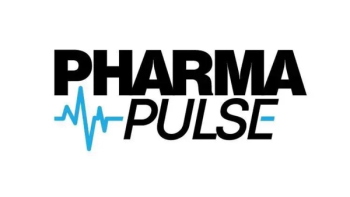
- Pharmaceutical Commerce - November/December 2013
Evidence points to continuing medical value in orphan-drug industry incentives, says Makovsky Health
The 30th anniversary of the passage of the Orphan Drug Act, which gave tax incentives and extended patent life to developers of drugs for diseases affecting 200,000 or fewer US citizens, was celebrated at a combined meeting of the Drug Information Assn. (DIA) and National Orphan and Rare Diseases Foundation (NORD) in Bethesda, MD, Oct. 7—9. Among the presentations is one by Makovsky Health Communications (New York), whose VP, Arielle Bernstein, MPP, addressed the question of how well the incentives are working.
“While previous studies have found that research and development stimulated by ODA was concentrated in relatively large orphan disease populations—100,000 patients or greater—this analysis shows that increasingly, small patient populations of 30,000 or fewer are benefitting from ODA designation and development,” said Bernstein. “Another surprise finding is that most of the secondary indications received by the drugs studied were additional orphan indications.”
Bernstein and coauthor Dr. Rena Conti, PhD, an assistant professor at the University of Chicago, surveyed orphan drugs approved between 2009 and 2012. Of 80 unique molecules approved (for 86 orphan designations), 36 (45% of total) received one or more additional indications from FDA. Thirty-one of them (39%) received approval for additional orphan indications; 22 (28%) received approval for additional non-orphan indications; and 16 (20%) received approval for both orphan and non-orphan indications (note that these categories have overlaps).
Further, among the approved orphan indications for which the researchers found reliable US prevalence numbers (61 of 86 indications), 82% had an estimated patient population of fewer than 100,000. More specifically, 46% had an estimated patient population of fewer than 30,000.
Especially in the past three years or so, the orphan drug category has become an attractive arena for drug developers—a PhRMA report (available at www.PhRMA.org) issued recently found that there are 452 orphan drugs in development, addressing hundreds of rare diseases; however, there are an estimated 7,000 such disorders, cumulatively affecting 10% of the US population. One-third of FDA drug approvals in 2012 were for orphan designations.
Articles in this issue
about 12 years ago
Academics lay into drug coupon programs in NEJM:about 12 years ago
HDMA leadership remains with David Neu of AmerisourceBergenabout 12 years ago
FedEx, IAG Cargo unveil new cold-chain capabilitiesabout 12 years ago
Commercial Data Sources for the Biopharma Industryabout 12 years ago
A conversation with Michael Swanick, PwCabout 12 years ago
DME competitive bidding issues: When is enough enough?Newsletter
Stay ahead in the life sciences industry with Pharmaceutical Commerce, the latest news, trends, and strategies in drug distribution, commercialization, and market access.




